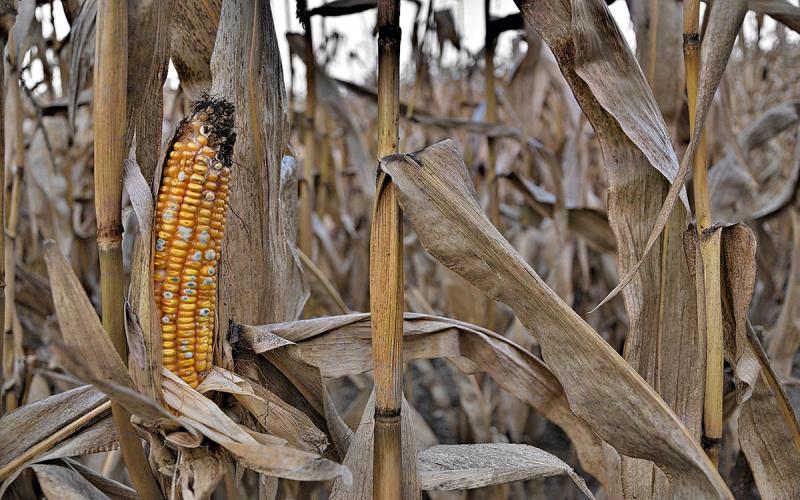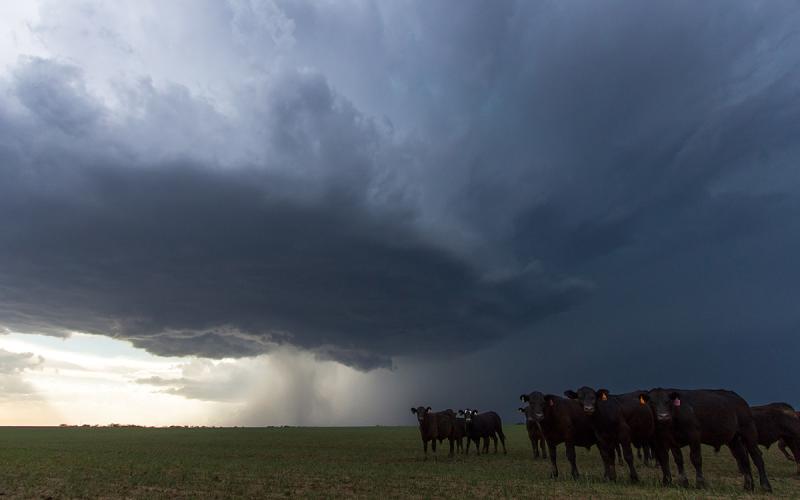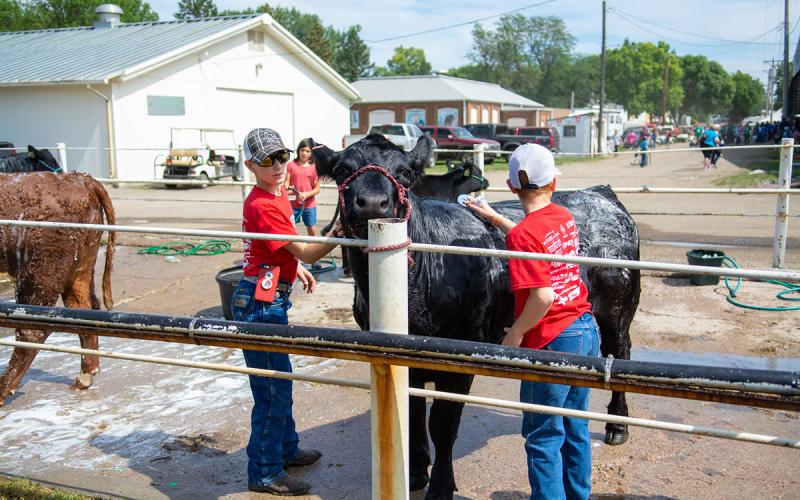The safety and well-being of animal companions might seem to take a back seat to many other considerations when floodwaters are rising. Given the role these animals play in our lives, however, the assurance that they’re OK during these stressful times can provide a great deal of relief to pet owners. As is the case with providing for the care of livestock and other large animals during flooding, a little forward planning for the care of pets can really pay off when considering the disruptions that spring flooding can bring.
Pets and Soggy Farmsteads

If companion animals live in outbuildings or outdoor kennels, those areas should be critically assessed prior to the spring thaw for the risk of flooding. Barns with haymows or second stories might provide adequate relocation opportunities for barn cats, but single-story sheds might not provide that option should they become flooded. Determining ahead of time where these animals might be able to go will allow pet caretakers to figure out how best to provide food and fresh water should flooding occur. If flooding overtakes outdoor kennels, dogs will need to be moved to higher ground. Dog and cat food should be in watertight containers if stored in outbuildings and may also need to be relocated.
Flood conditions increase the risk of pet exposure to certain disease problems. Therefore, dogs and cats that are close to being due for vaccinations should obtain those boosters prior to the spring thaw. Floodwaters often roust wildlife such as skunks from their normal habitat, making it more likely for them to come in contact with domesticated animals and raising the risk of rabies transmission. Distemper is another infectious disease that, while easily prevented through vaccinations, can result from encounters with wildlife. In many parts of the country, leptospirosis is a known risk from contact with floodwaters. Most routine dog and cat vaccination programs include protection against these disease issues. Should one expect that dogs might need to be moved and housed with other animals in shelters, kennel cough vaccination should be considered – and may even be required.
As warmer weather begins to overlap with wet conditions, mosquitos, ticks, and other external parasites may increase in abundance. Heartworm disease and other conditions may result from exposure to these insects; working with a veterinarian to obtain effective preventive medications prior to the onset of these warmer temperatures is a good idea. Pets that spend time in or around standing water may be more prone to injuries and skin infections. Having access to a pet first aid kit – and knowing how to use it – may help keep a minor condition from getting worse.
Should You Need to Evacuate
If at all possible, take your pets with you if you need to evacuate the farmstead, as it might not be possible for you to return to care for the animals in a timely manner. This means having sufficient pet carriers available and handy. Pet owners should think ahead regarding their destination should evacuation be necessary: are pets able to stay there? The AVMA has resources that spell out what’s important to include in a pet evacuation kit. Of particular importance are any routine medications the pet needs, as well as several days’ worth of food and water.
Some aspects of animal care are important regardless of whether animals stay in place in a flooded location or are relocated. Pets should be adequately identified, through collars, tags, microchips, or other methods. Flooding may force animals to move themselves to different areas, some of which could be cut off from home.
Importantly, flooding can create unusual and stressful situations, not just for the people involved, but also their animals. Dogs and cats may exhibit unpredictable behavior when frightened or exposed to unusual circumstances, so people should be cautious around them.
With a little bit of forward thinking and planning, the health and well-being of companion animals can be sustained even during the disruption that rising floodwaters may bring. When those animals’ needs are taken care of, they can even provide needed comfort to their owners dealing with these disruptions as well.


